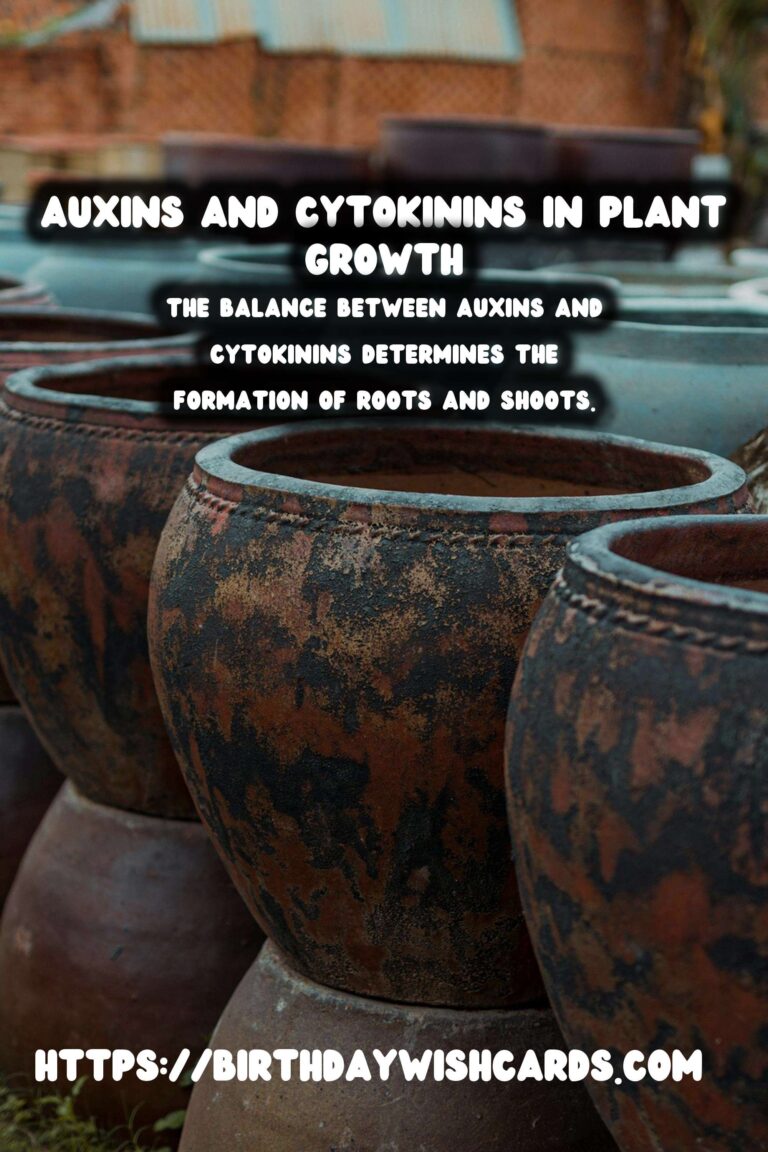
Plant hormones, also known as phytohormones, play a crucial role in regulating plant growth and development. Among these, auxins and cytokinins are two of the most significant hormones that influence various physiological processes.
What Are Plant Hormones?
Plant hormones are naturally occurring chemicals that influence the growth, development, and responses of plants. These hormones are produced in one part of the plant and transported to other parts where they exert their effects. They are essential for coordinating the physiological processes of plants, allowing them to adapt to environmental changes and stresses.
Auxins: The Growth Promoters
Auxins are a class of plant hormones that primarily promote cell elongation. They are produced in the shoot tips and are transported down the plant, influencing various aspects of growth and development.
Functions of Auxins:
- Cell Elongation: Auxins facilitate the elongation of cells, which is crucial for the growth of roots and shoots.
- Apical Dominance: Auxins maintain the dominance of the main shoot apex over the lateral buds, resulting in vertical growth.
- Root Formation: Auxins promote the initiation of lateral and adventitious roots, enhancing the plant’s ability to absorb water and nutrients.
- Fruit Development: Auxins play a role in fruit development and maturation.
Cytokinins: The Cell Division Catalysts
Cytokinins are another class of plant hormones that primarily promote cell division and influence nutrient mobilization.
Functions of Cytokinins:
- Cell Division: Cytokinins stimulate cell division and differentiation, especially in the roots and shoots.
- Nutrient Mobilization: They help in the mobilization of nutrients, directing them to areas where they are needed most.
- Delay of Senescence: Cytokinins delay the aging process of leaves and other plant organs, maintaining their vitality.
- Chloroplast Development: They are involved in the development and functioning of chloroplasts, which are essential for photosynthesis.
The Interplay Between Auxins and Cytokinins
Auxins and cytokinins often work together to regulate plant growth and development. The balance between these two hormones determines the formation of roots and shoots. For example, a high auxin-to-cytokinin ratio promotes root formation, while a low ratio favors shoot formation.
Applications of Auxins and Cytokinins in Agriculture
Understanding the role of auxins and cytokinins has practical applications in agriculture. By manipulating these hormones, farmers and horticulturists can enhance plant growth, increase yields, and improve crop quality.
Examples of Applications:
- Rooting Hormones: Auxins are used in rooting powders and solutions to promote root development in cuttings.
- Tissue Culture: Cytokinins are commonly used in tissue culture to stimulate cell division and organogenesis.
- Yield Improvement: The strategic application of these hormones can improve crop yields and quality.
Conclusion
Auxins and cytokinins are vital plant hormones that regulate a myriad of growth and development processes. By understanding their functions and interactions, we can better appreciate the complex mechanisms that enable plants to thrive and adapt to their environments.
Plant hormones are naturally occurring chemicals that influence the growth, development, and responses of plants. Auxins are a class of plant hormones that primarily promote cell elongation. Cytokinins are another class of plant hormones that primarily promote cell division and influence nutrient mobilization. The balance between auxins and cytokinins determines the formation of roots and shoots. Understanding the role of auxins and cytokinins has practical applications in agriculture. 
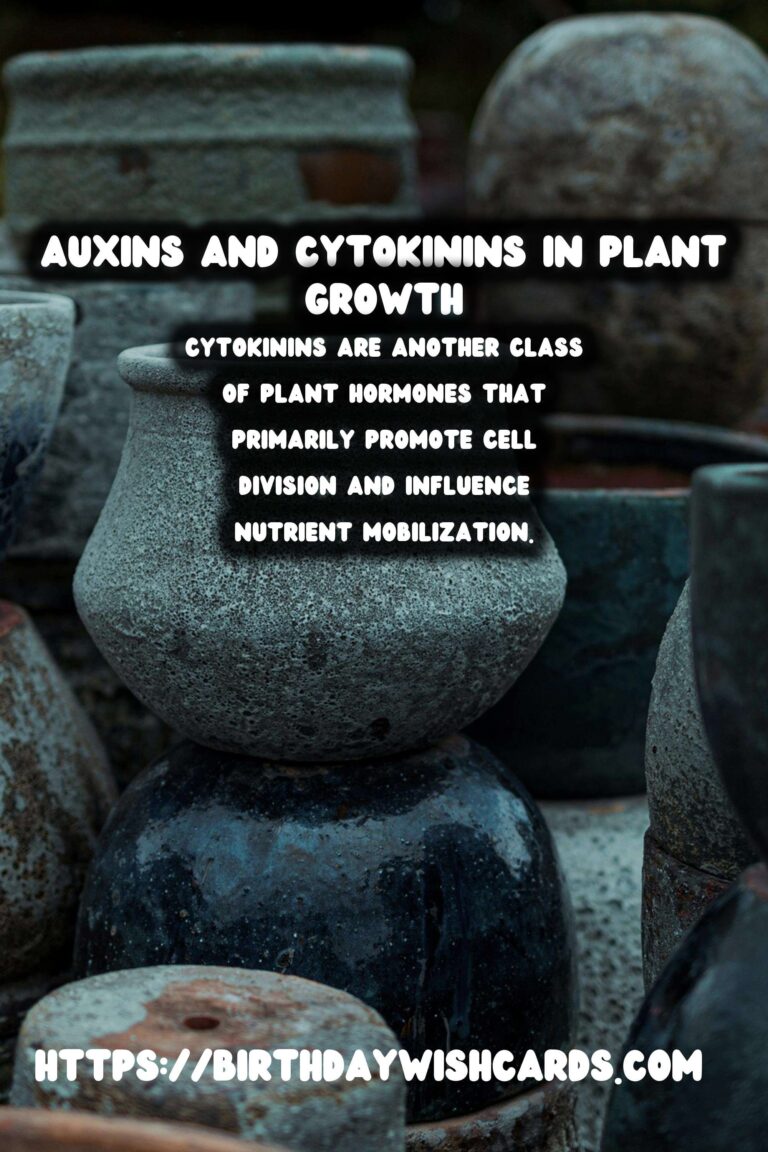
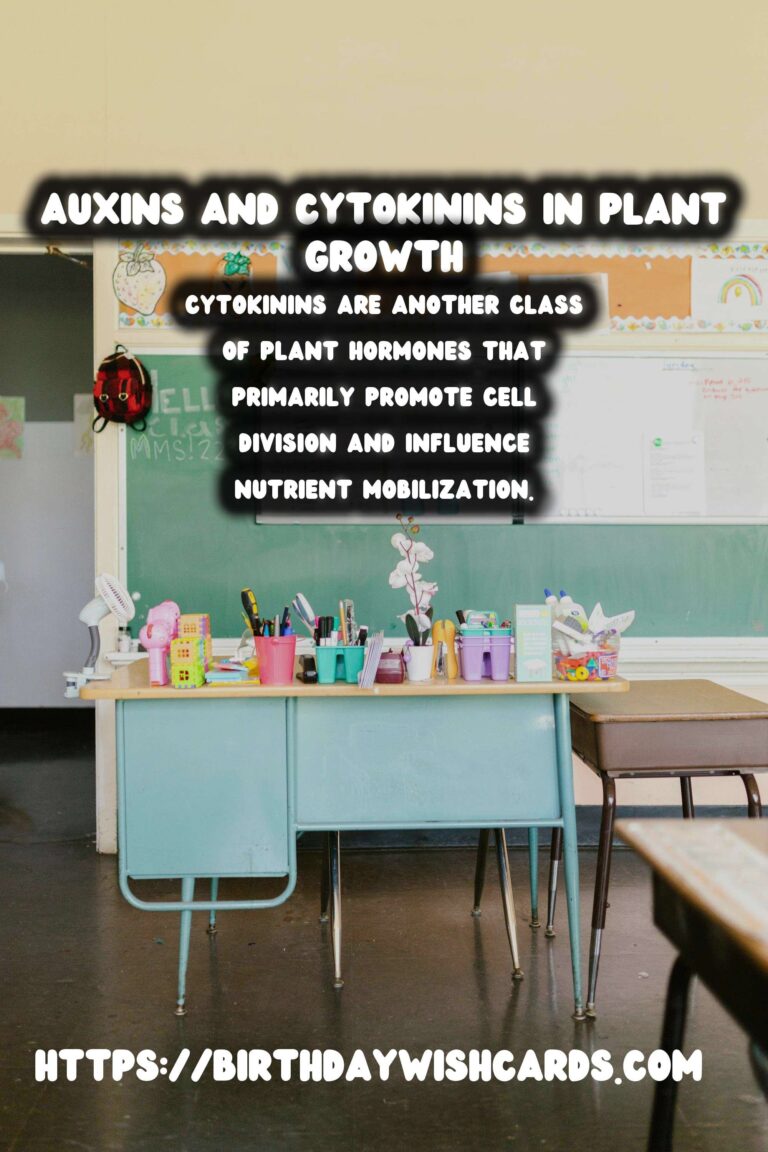

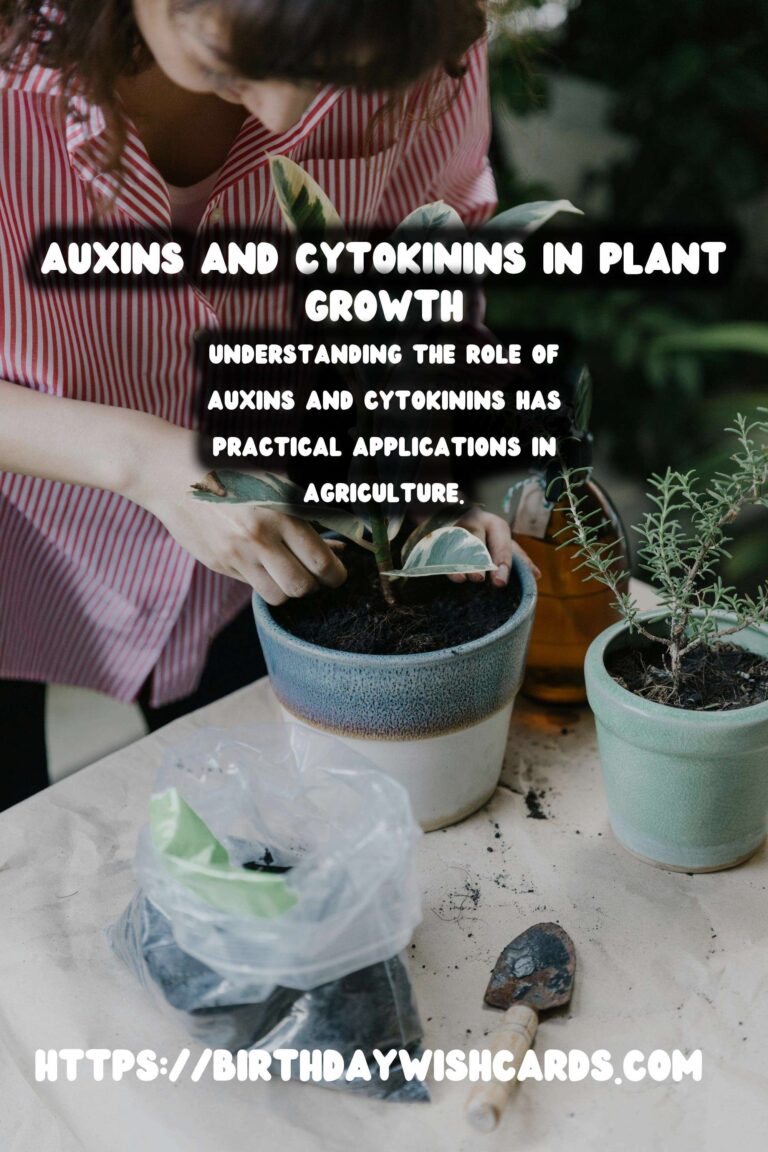

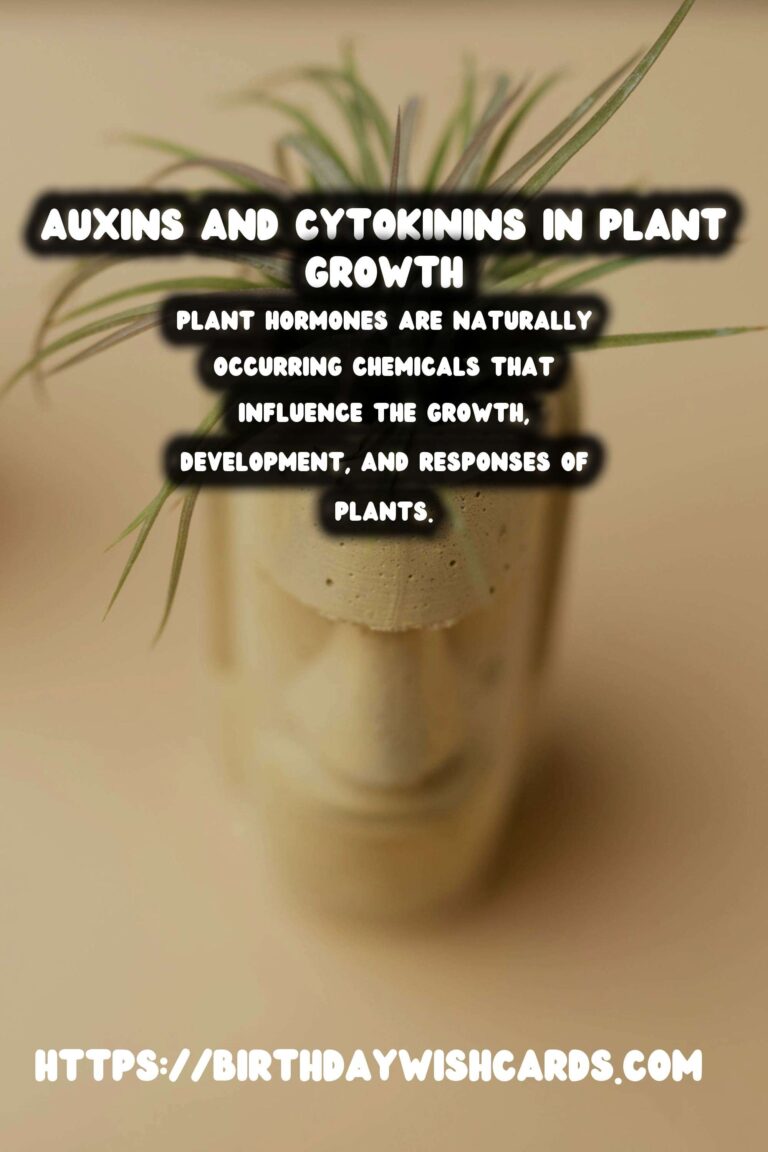
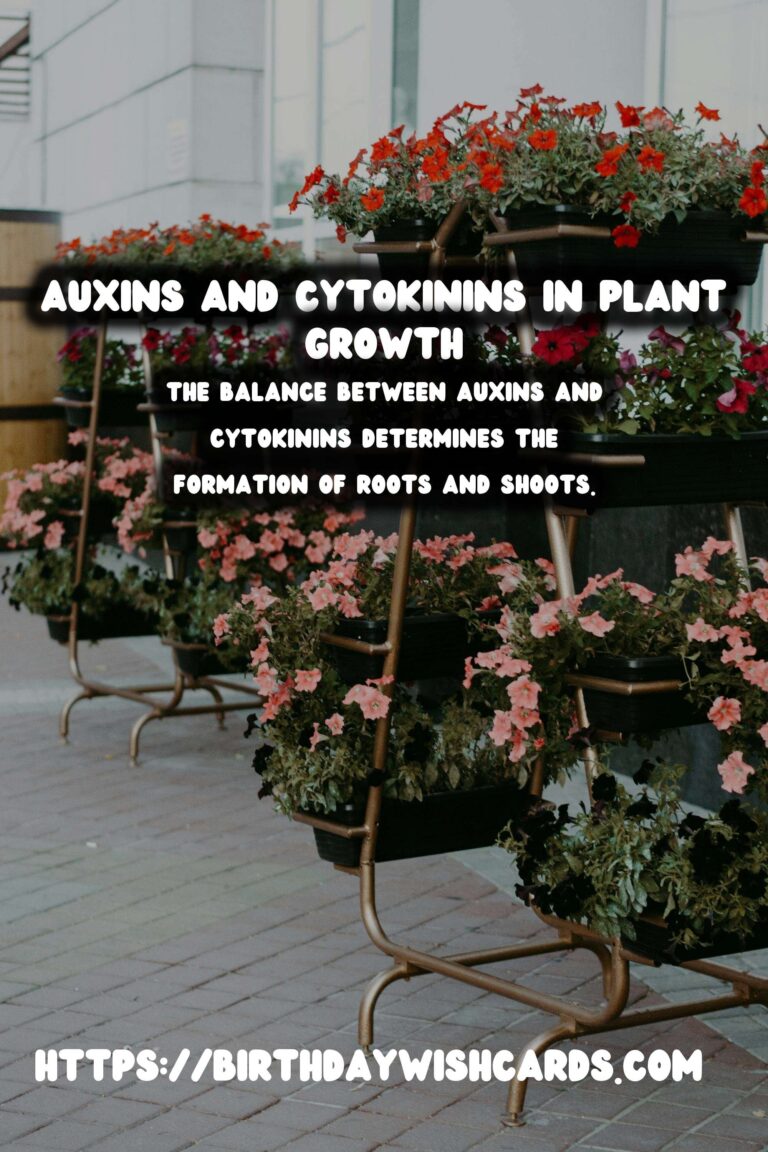
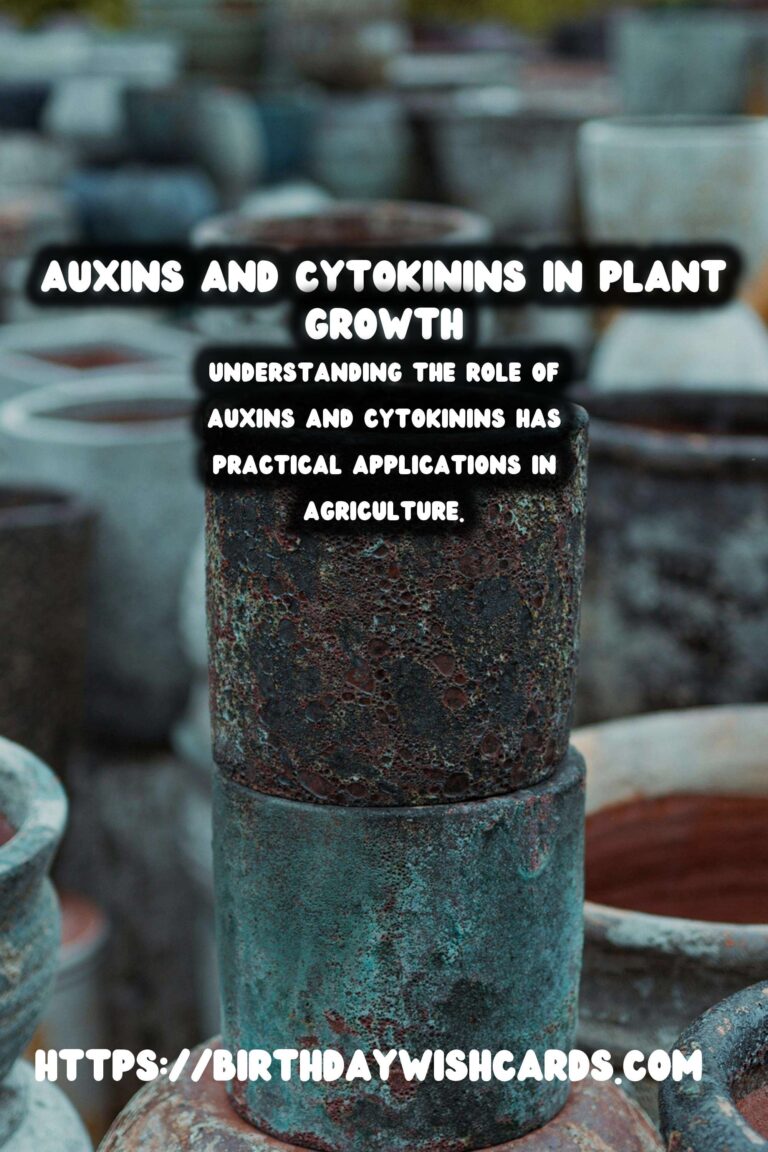
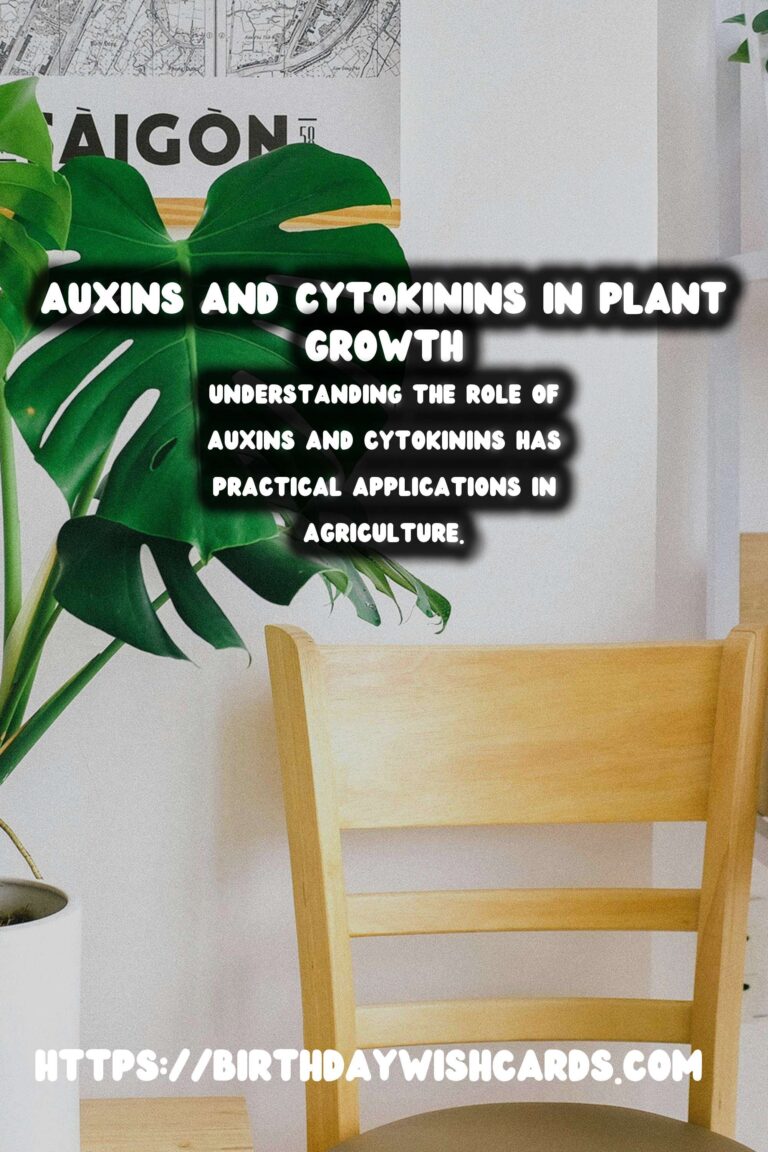
#PlantHormones #Auxins #Cytokinins #PlantGrowth #Agriculture




